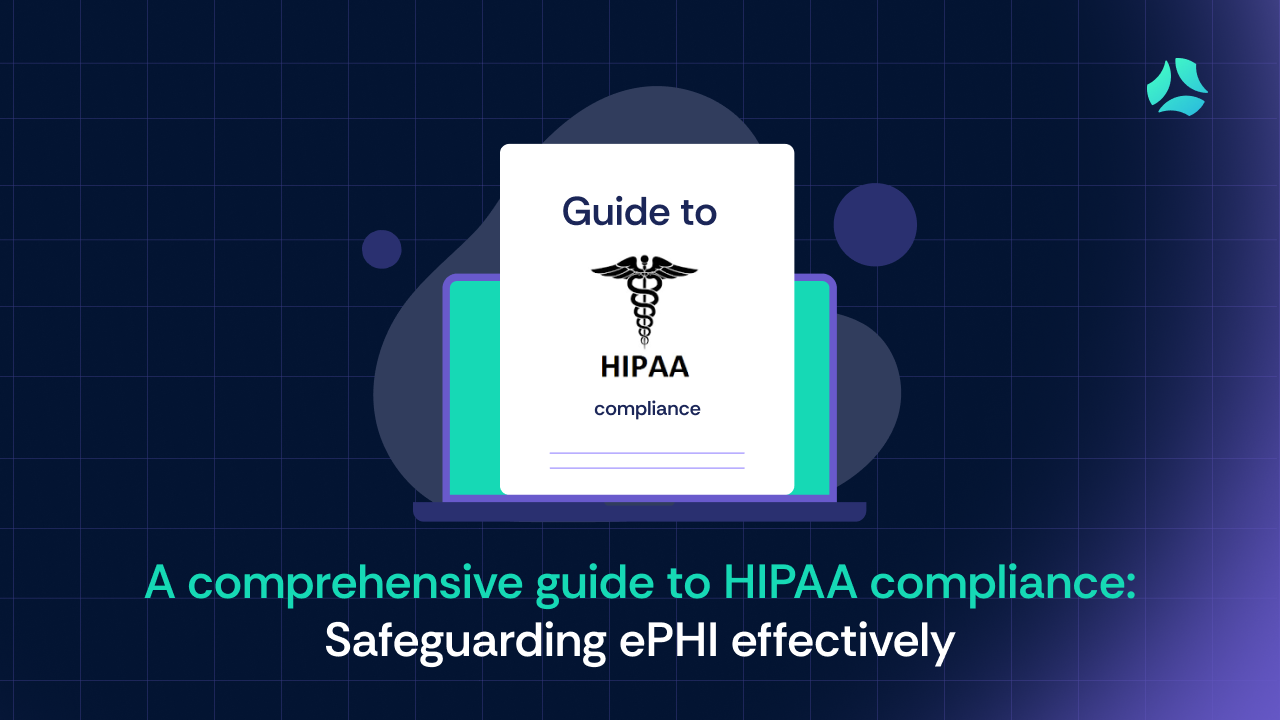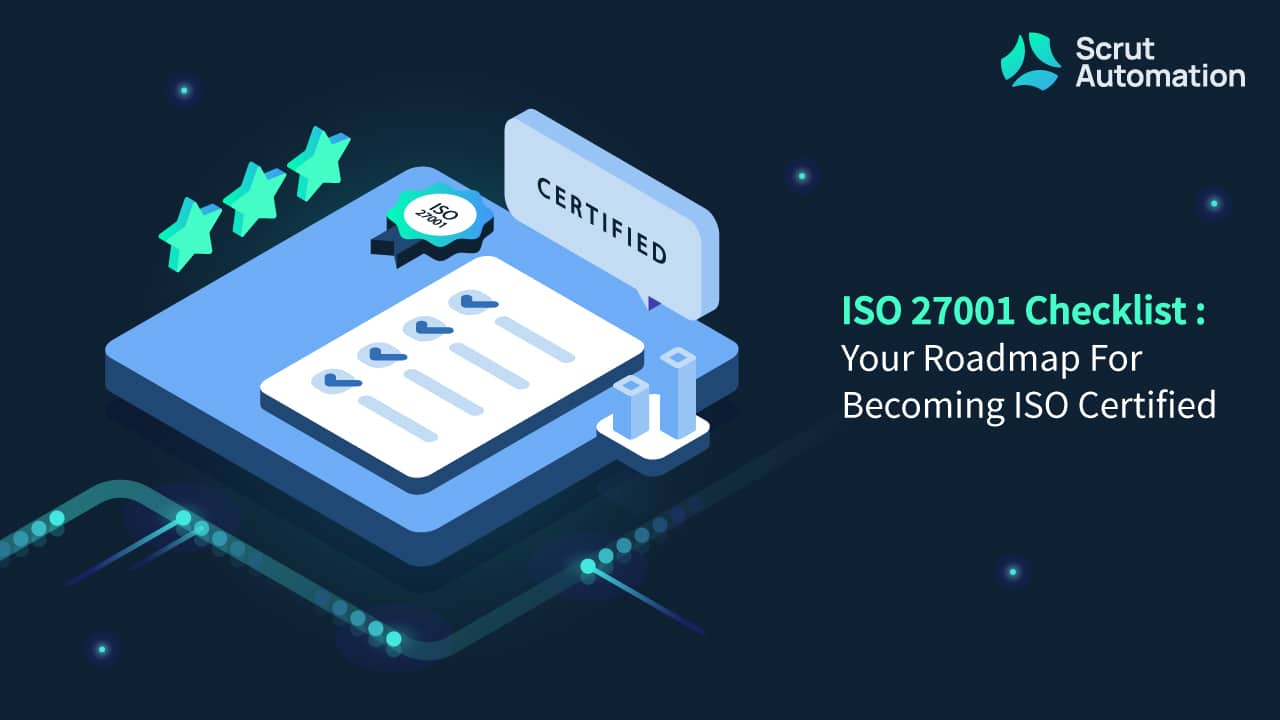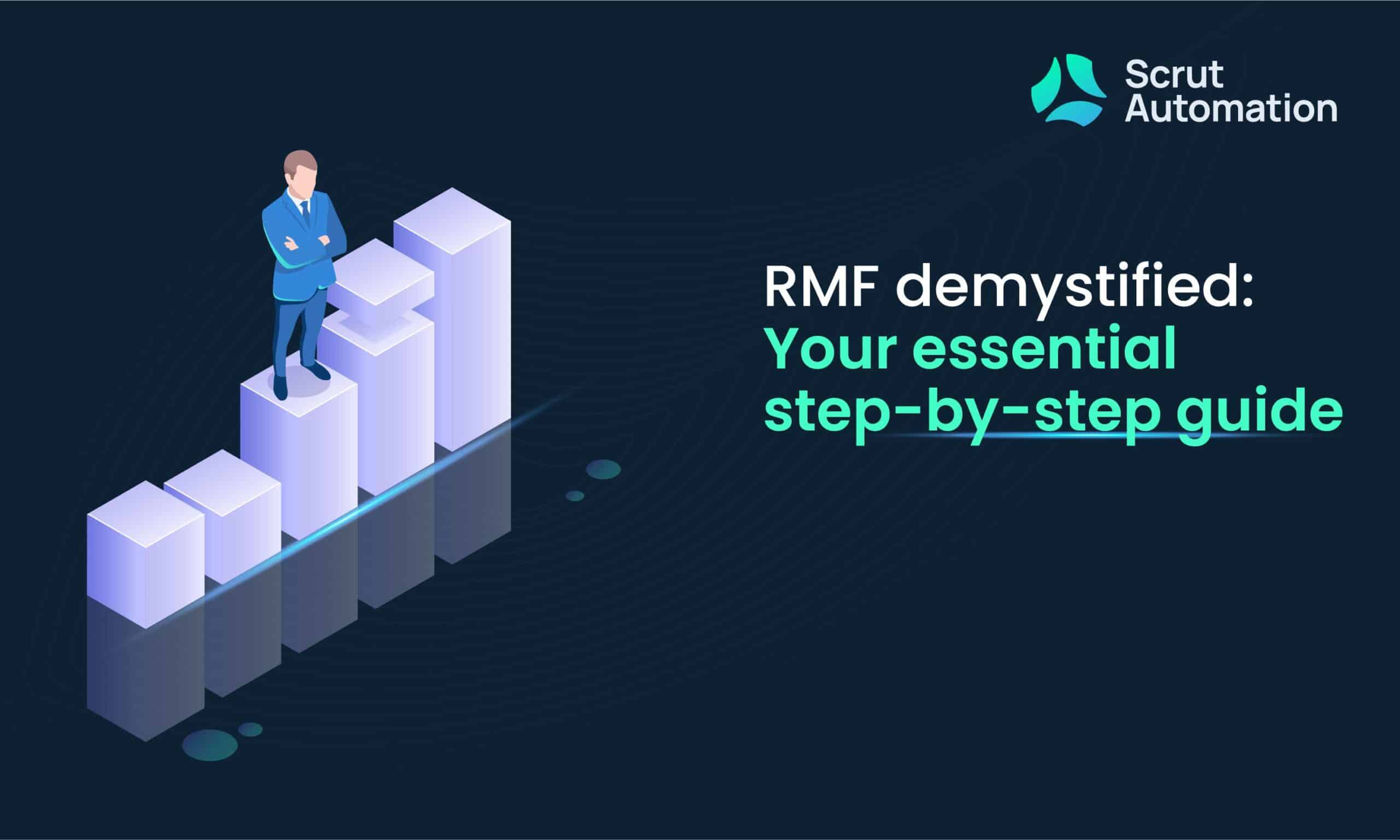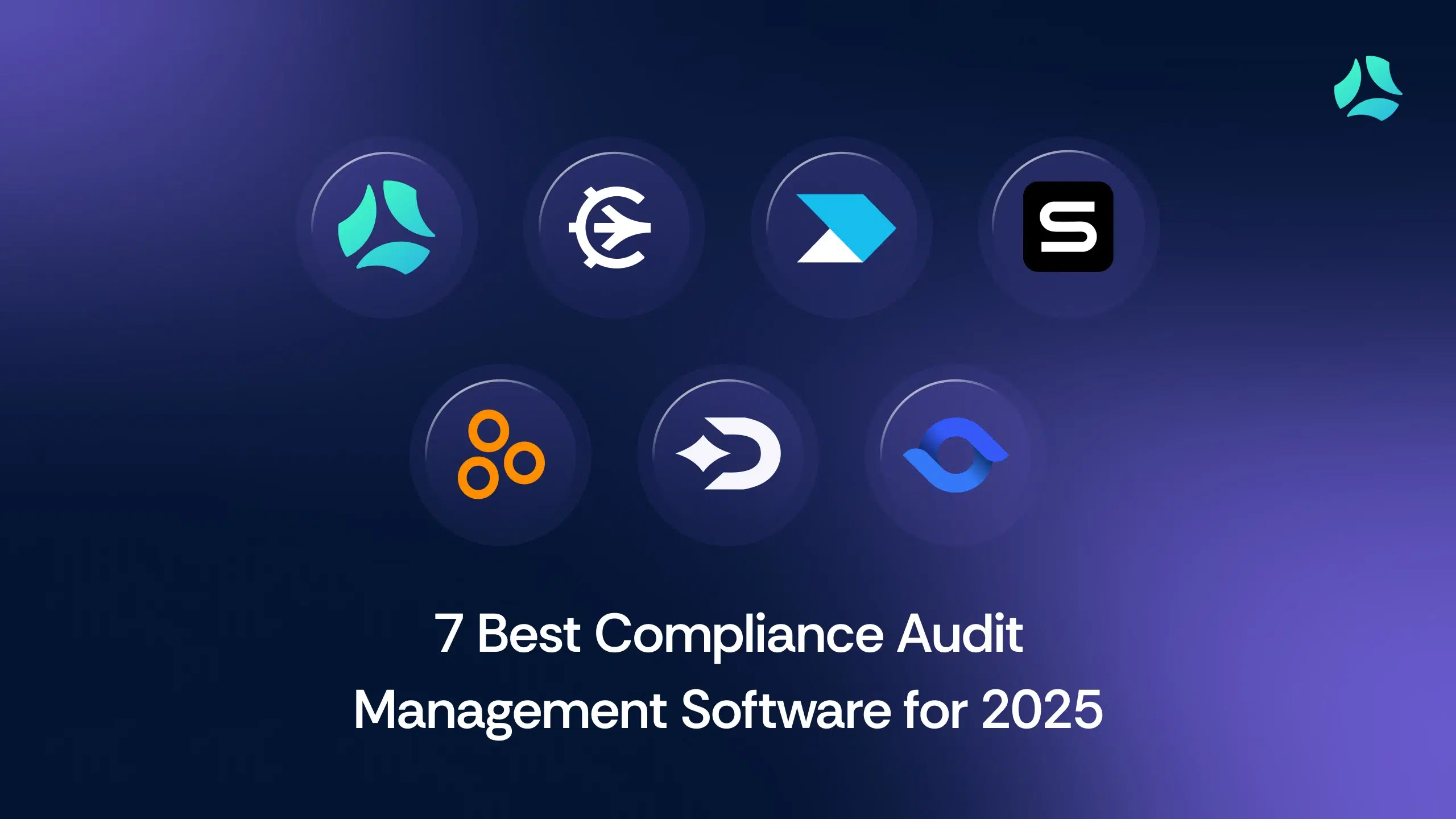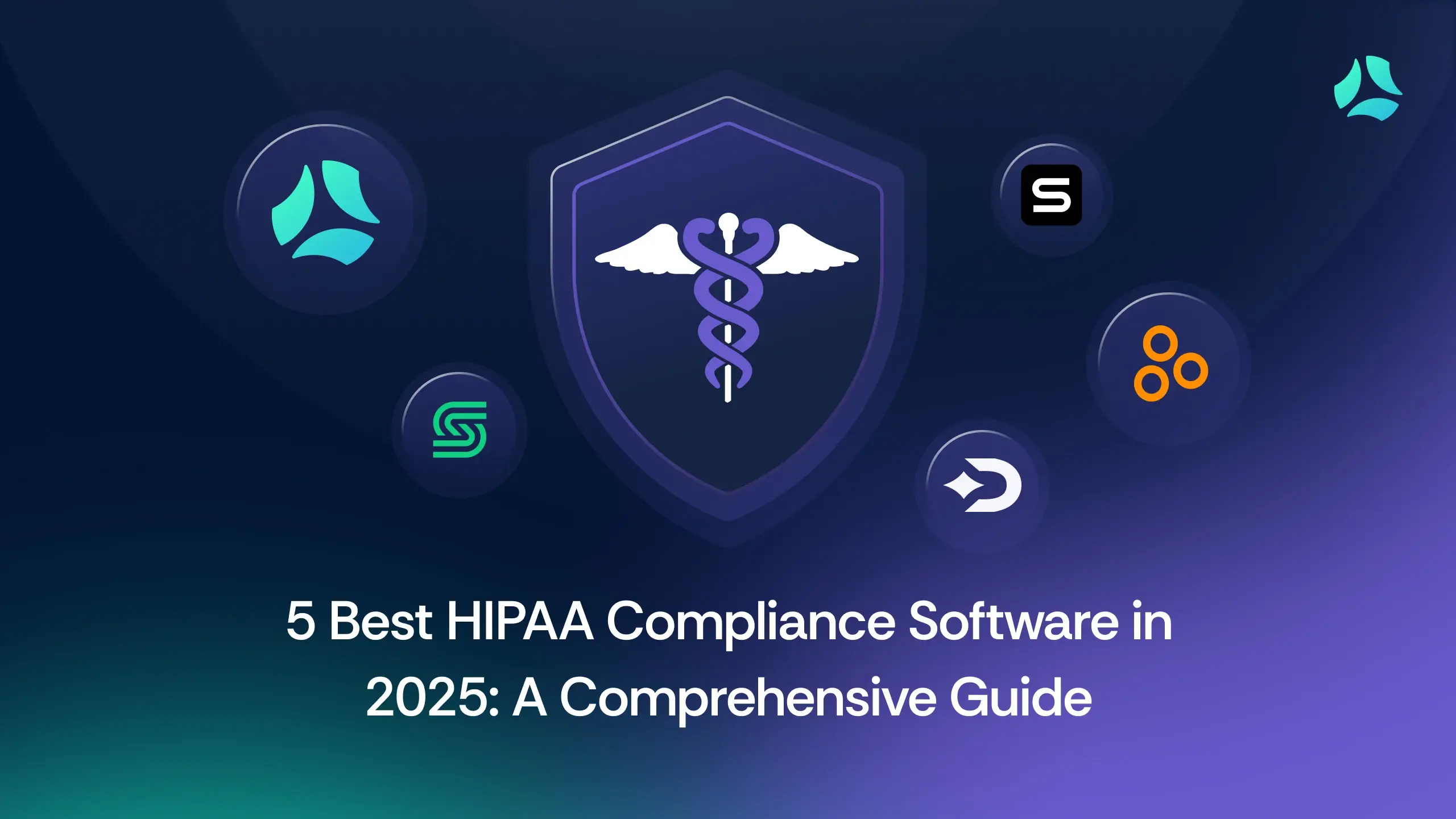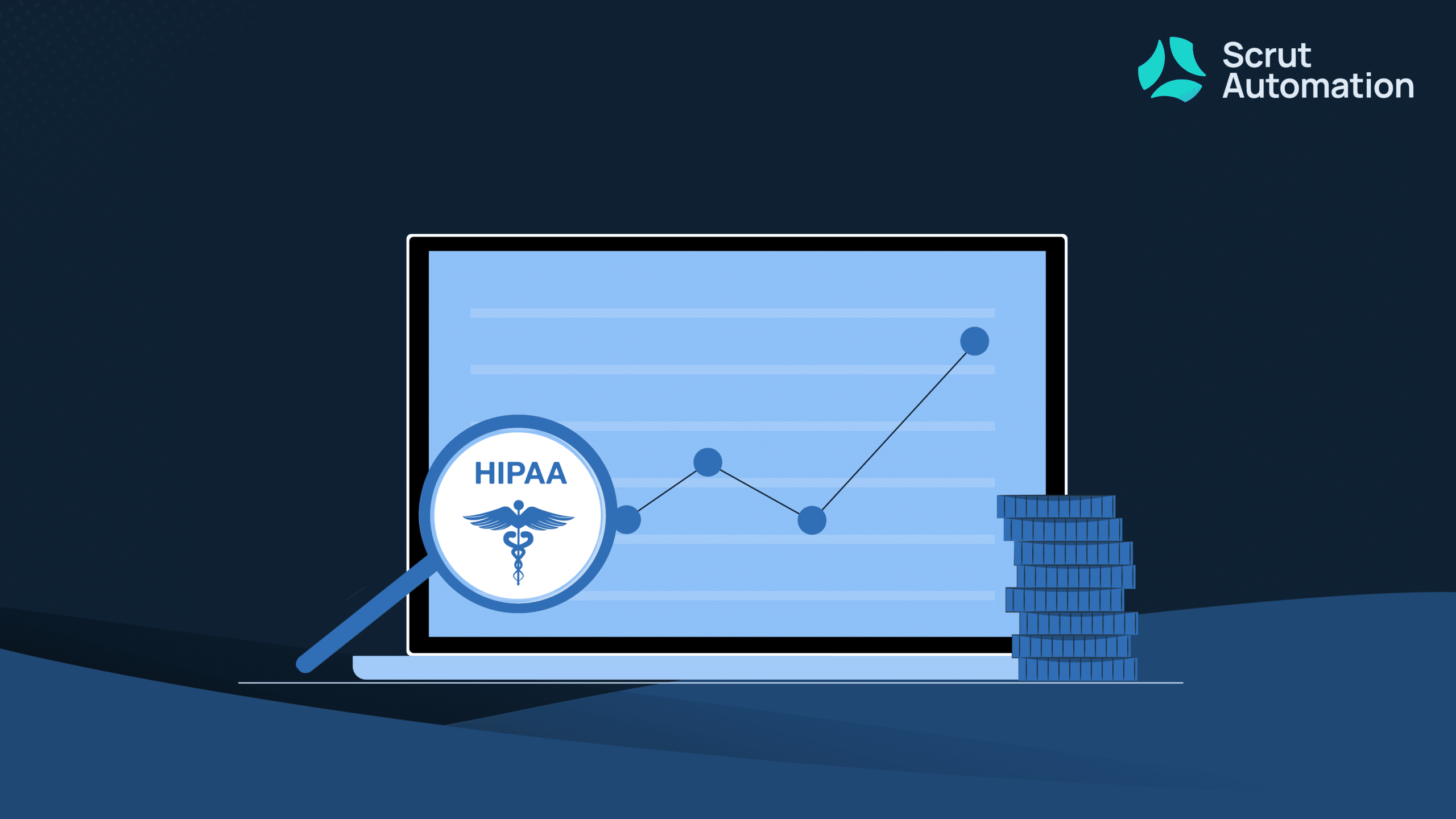1. Introduction
In 2022, Cascade Eye and Skin Centers, P.C., a healthcare provider in Washington, faced a HIPAA violation settlement due to inadequate access controls and lack of a comprehensive risk assessment after a ransomware attack exposed 291,000 files containing electronic protected health information (ePHI). The Department of Health and Human Services (HHS) Office for Civil Rights (OCR) imposed a $250,000 financial penalty and required a corrective action plan, which includes a risk management plan and procedures to monitor information system activities.
Every IT and compliance officer’s nightmare – turning up on “OCR’s Breach Portal”, or “Wall of Shame“. These are the pages where HIPAA lists full lists of breaches and fines. However, navigating the technical requirements of HIPAA compliance is no small feat.
Understanding the technical controls of HIPAA is essential for IT and compliance officers because it enables them to maintain a robust security posture and protect ePHI effectively.
This blog will serve as a comprehensive HIPAA compliance checklist for tackling these technical challenges head-on. By following the HIPAA checklist, you’ll be better equipped to meet HIPAA’s technical requirements, mitigate risks, and maintain compliance with confidence.
Read also: Which entities are covered under HIPAA?
2. Understanding HIPAA’s technical safeguards
Explanation of HIPAA’s Security Rule and its primary focus areas:
The HIPAA Security Rule establishes standards to protect electronic protected health information (ePHI) that is created, received, used, or maintained by covered entities and their business associates. Its primary goal is to ensure the confidentiality, integrity, and availability of ePHI by implementing comprehensive security measures.
- Access control: Ensures that only authorized personnel can access ePHI through mechanisms like unique user identification and emergency access procedures.
- Audit controls: Requires the implementation of systems to monitor and record access and activity related to ePHI to detect inappropriate access.
- Integrity controls: Protects ePHI from improper modification or destruction using mechanisms like encryption and hashing.
- Transmission security: Safeguards ePHI during electronic transmission through secure communication channels.
- Workstation and device security: Establishes policies for the secure use of devices accessing ePHI, such as automatic logoff and device encryption.
Importance of implementing these safeguards to protect electronic PHI (ePHI)
Implementing safeguards to protect ePHI is crucial for ensuring the confidentiality, integrity, and availability of sensitive health data. They help prevent unauthorized access, detect any misuse or alteration of ePHI, and secure data during transmission. By implementing these measures, covered entities can mitigate security risks, avoid penalties, and maintain trust with patients and stakeholders.
Read also: What is the difference between SOC 2 vs HIPAA compliance?
3. HIPAA access control checklist
The first part of the HIPAA security rule checklist is the access control checklist. It includes:
- Implementing unique user IDs for access: Ensure that every individual accessing ePHI has a unique user ID. This practice helps in tracking user activity and enhances accountability.
- Establishing emergency access procedures: Create protocols for accessing ePHI in emergencies, ensuring these procedures are well-documented and accessible to authorized personnel.
- Utilizing automatic log-off functions: Configure systems to log off users automatically after a period of inactivity. This reduces the risk of unauthorized access.
- Encrypting and decrypting data as needed: Implement encryption protocols for data at rest and in transit to protect sensitive information from unauthorized access.
- Establishing role-based access control (RBAC): Define roles within the organization to control access based on the principle of least privilege or zero trust architecture. This limits user access to only the information necessary for their job functions.
| David Sparks, Producer, Managing Editor, Co-Host at the CISO Series, “Effective incident response today requires understanding complex IT environments, maintaining constant vigilance, and adapting to new threats. But the key to all of this is transparency—not just within the technical infrastructure but also in communicating with customers.” |
Read also: A Complete Guide to Regulatory Compliance in Healthcare
4. HIPAA audit checklist
IT and compliance officers must implement a robust audit control framework, focusing on the following:
- Configuring systems: Ensure systems containing ePHI are configured to log all access and modifications. This includes setting up automated logging mechanisms to track who accessed what data and when.
- Monitoring system usage: Regularly monitor system activities to identify unauthorized access or unusual behavior. Utilize intrusion detection systems (IDS) to flag anomalies that could indicate potential breaches.
- Periodic review and audit trails: Establish a schedule for regular reviews of audit logs and trail data to identify and investigate suspicious activities. This helps in ensuring compliance and enhancing security posture against data breaches.
Read also: HIPAA vs HITRUST: A practical comparison for making compliance decisions
5. HIPAA integrity controls checklist
To ensure the integrity of ePHI, IT and compliance officers should implement measures such as:
- Unauthorized change prevention: Establish protocols and systems to monitor ePHI access and changes, ensuring any alterations are logged and authorized.
- Digital signatures and hashing: Utilize digital signatures to authenticate documents and verify that they have not been altered. Hashing techniques can create a unique value representing the data; any modification will change this value, signaling potential tampering.
These measures enhance data security and maintain trust in electronic health records.
6. HIPAA transmission security checklist
To ensure the security of ePHI during transmission, IT and compliance officers should take the following steps:
- Implement encryption: Use strong encryption protocols (e.g., AES, TLS) to protect ePHI while it is transmitted over networks. This converts the data into an unreadable format for unauthorized users, safeguarding its confidentiality.
- Set up access controls: Establish robust access controls, including user authentication and role-based permissions, to prevent unauthorized individuals from accessing ePHI during transmission. This may involve using secure communication tools, such as VPNs or encrypted emails.
- Regular audits and monitoring: Conduct regular audits to review encryption practices and monitor data transmission for suspicious activity. This helps identify and respond to potential threats proactively.
- Training and awareness: Provide employees with training on best practices for handling ePHI during transmission, including recognizing phishing attempts and securing devices used for transmission.
By following these steps, organizations can significantly enhance their transmission security and protect sensitive health information.
7. HIPAA workstation and device security
IT and compliance officers must implement robust policies to ensure the secure use and configuration of devices handling ePHI. This includes:
- Device configuration: Establishing baseline security settings for workstations and devices to protect against unauthorized access. This can involve enforcing password policies, enabling firewalls, and ensuring antivirus software is up to date.
- Remote wipe capabilities: Implementing mechanisms that allow for the remote wiping of ePHI from devices that are lost or stolen. This is critical to prevent unauthorized access to sensitive information, ensuring that even if a device is compromised, the data remains secure.
8. HIPAA risk assessment checklist
A comprehensive HIPAA risk assessment checklist includes the following steps for IT and compliance officers:
- Identify Protected Health Information (PHI): Determine all types of PHI handled within the organization.
- Conduct a risk analysis: Evaluate vulnerabilities and threats to PHI, considering both electronic and physical risks.
- Assess current safeguards: Review existing security measures (administrative, physical, and technical) to protect PHI.
- Evaluate user access controls: Ensure appropriate access controls and authentication methods are in place to limit PHI access to authorized personnel.
- Implement a risk management plan: Develop strategies to mitigate identified risks and assign responsibilities for managing these risks.
- Regularly review and update policies: Establish a schedule for periodic review of compliance policies and procedures to reflect current practices and regulations.
Read also: All about HIPAA Violations and How to Avoid them
9. Additional technical safeguards
IT and compliance officers should implement robust data loss prevention (DLP) tools to monitor, detect, and prevent unauthorized access to sensitive data, particularly ePHI. This includes:
- Implementing DLP tools: Use software to enforce policies that prevent data breaches by blocking sensitive data from leaving the organization.
- Conducting vulnerability assessments: Regularly assess systems for potential weaknesses to ensure they are secure against threats.
- Developing security incident response plans: Create and test incident response plans to address and mitigate security breaches effectively, ensuring that all staff are trained and ready to act.
| David Sparks, Producer, Managing Editor, Co-Host at the CISO Series, “Effective incident response today requires understanding complex IT environments, maintaining constant vigilance, and adapting to new threats. But the key to all of this is transparency—not just within the technical infrastructure but also in communicating with customers.” |
10. Common pitfalls and how to avoid them
| Common pitfalls | Tips to avoid the pitfall |
| Privacy violations | Employees may inadvertently access patient records out of curiosity. Ensure proper training and establish strict access controls to mitigate this risk. |
| Device security | Accessing patient information on personal devices can lead to breaches. Implement clear policies on device usage and encryption. |
| Loss of devices | Losing devices containing patient information poses a significant risk. Use tracking software and enforce policies for secure storage. |
| Inadequate breach notifications | Failing to report breaches within 60 days can lead to penalties (if the breach involves 500 individuals or more). Regularly review and update breach response protocols. |
| Improper disposal of records | Ensure secure destruction of patient records to prevent unauthorized access. |
Listen to: Security on a shoestring budget
11. How can Scrut help you achieve HIPAA compliance
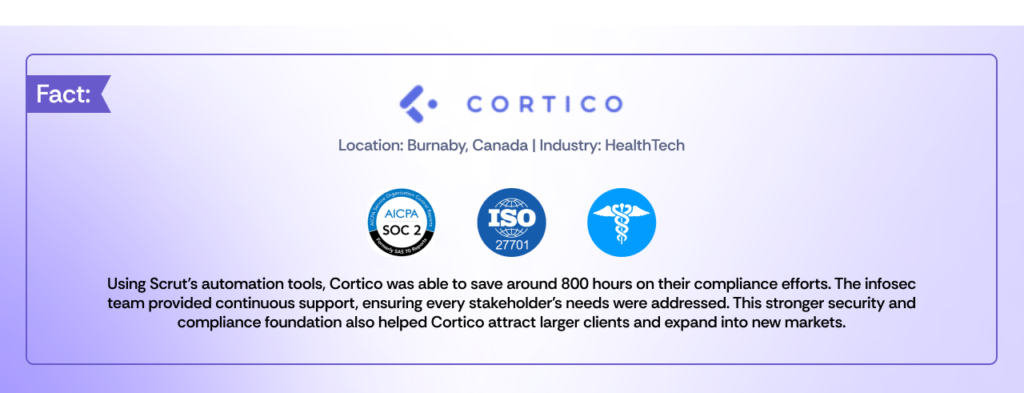
Using Scrut’s automation tools, Cortico was able to save around 800 hours on their compliance efforts. The infosec team provided continuous support, ensuring every stakeholder’s needs were addressed. This stronger security and compliance foundation also helped Cortico attract larger clients and expand into new markets.
Simplified compliance management
Scrut provides a centralized platform for managing all aspects of HIPAA compliance. By integrating rules, processes, and documentation in one place, healthcare organizations can streamline their compliance efforts and reduce the complexity associated with regulatory requirements. This simplifies the overall management of compliance tasks, allowing teams to focus on patient care while ensuring adherence to regulations.
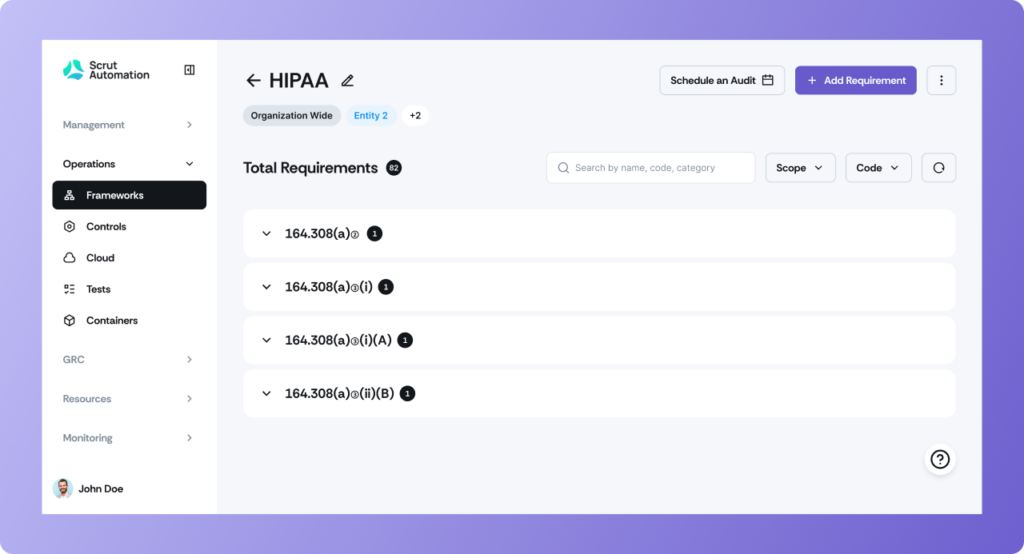
Automated compliance monitoring
Scrut offers continuous compliance monitoring features that automatically track compliance status and alert users to any deviations from established protocols. This automation reduces the risk of human error and ensures that organizations remain compliant in real time, minimizing the chances of costly violations.
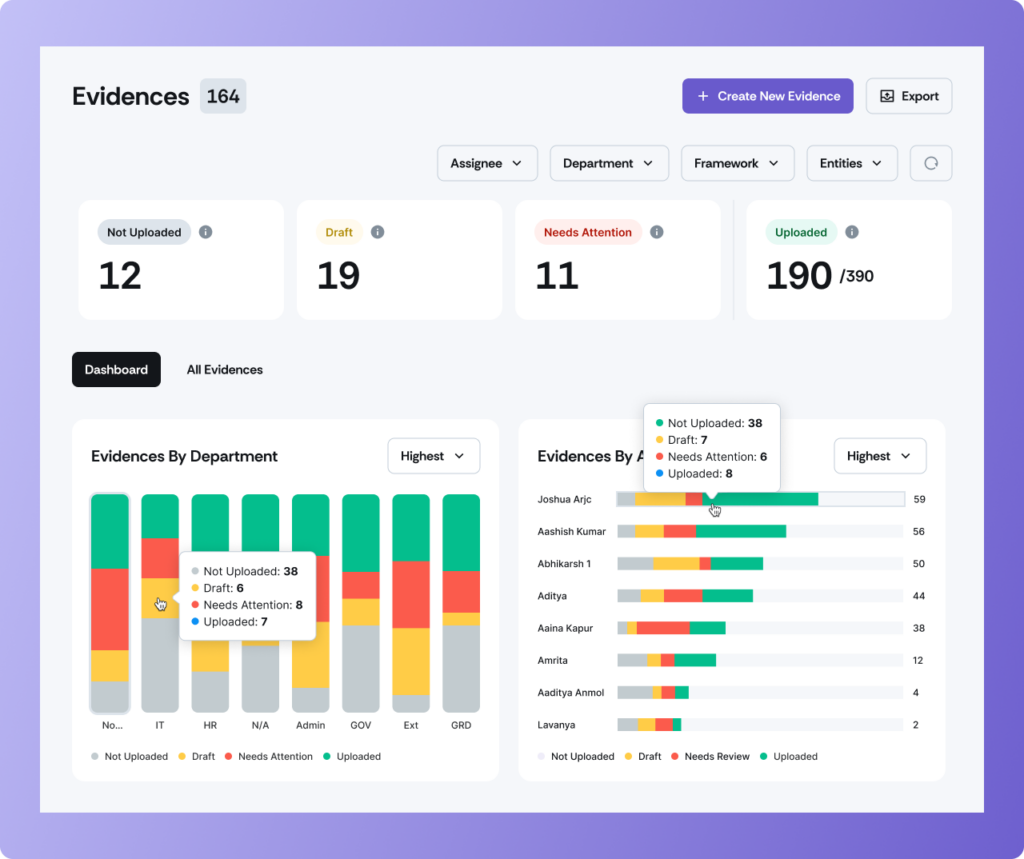
Pre-built HIPAA controls
With pre-built controls tailored to HIPAA requirements, Scrut helps organizations implement necessary safeguards without extensive customization. These controls are designed to align with regulatory standards, making it easier for healthcare providers to establish a compliant environment swiftly.
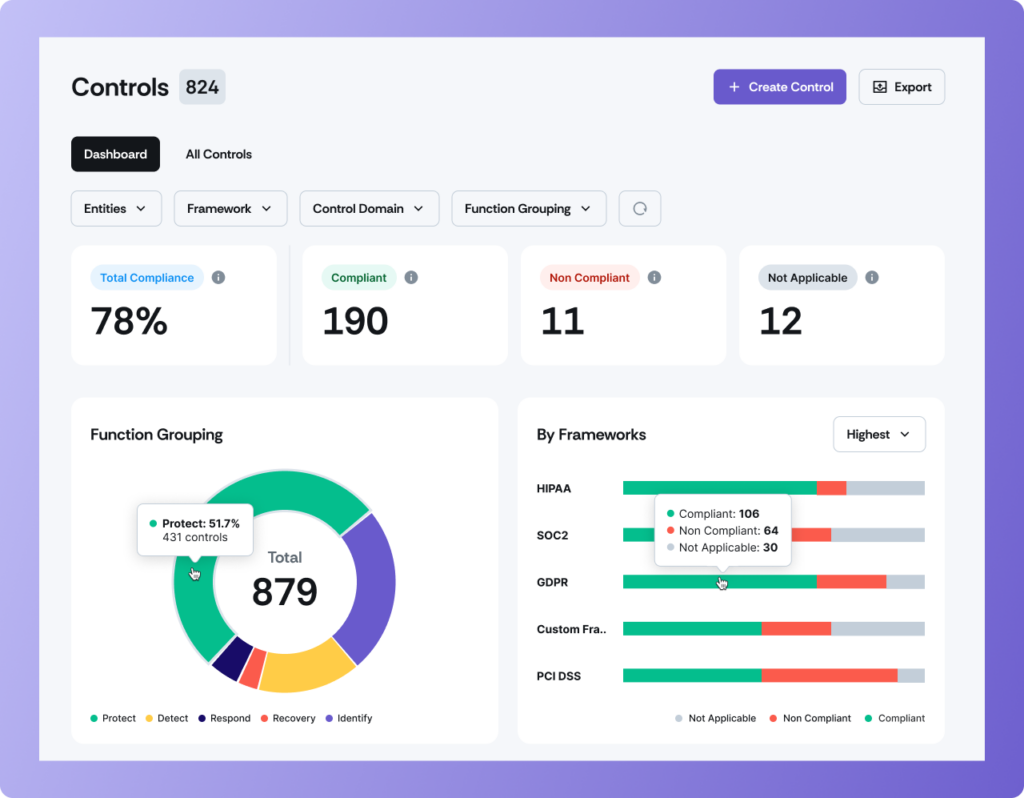
Comprehensive risk assessment and self-audits
Scrut facilitates thorough risk assessments and self-audits, enabling organizations to identify potential vulnerabilities in their compliance posture. By regularly assessing risks, healthcare entities can proactively address issues before they escalate, ensuring they meet HIPAA standards.
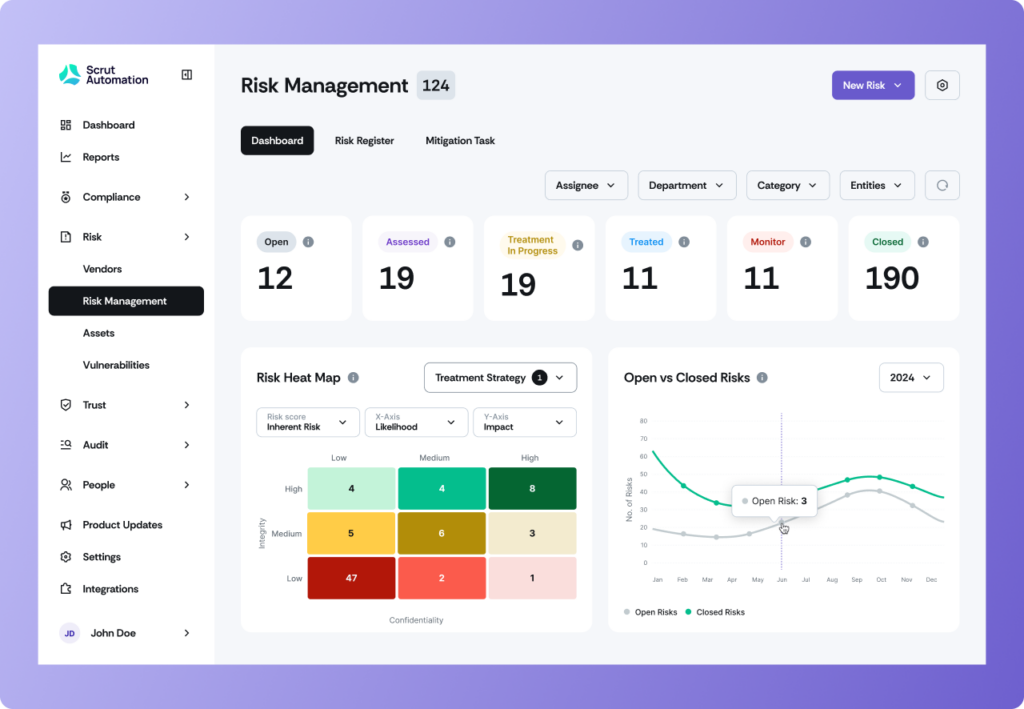
Policy and procedure documentation
Scrut assists in creating, managing, and enforcing HIPAA-compliant policies and procedures. This documentation is crucial for training staff and maintaining compliance, as it ensures everyone understands the required practices for handling protected health information (PHI).
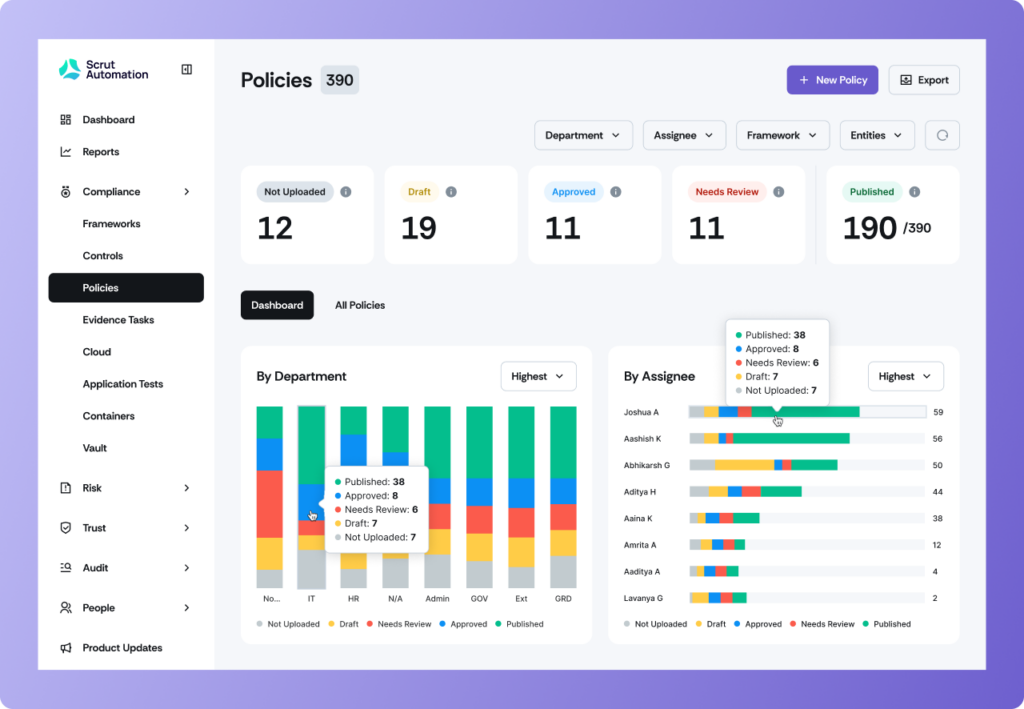
HIPAA compliance checklists and guidance
Scrut provides comprehensive HIPAA compliance checklists and guidance to help organizations navigate HIPAA requirements effectively. These resources are invaluable for assessing compliance readiness and ensuring that all necessary measures are in place.
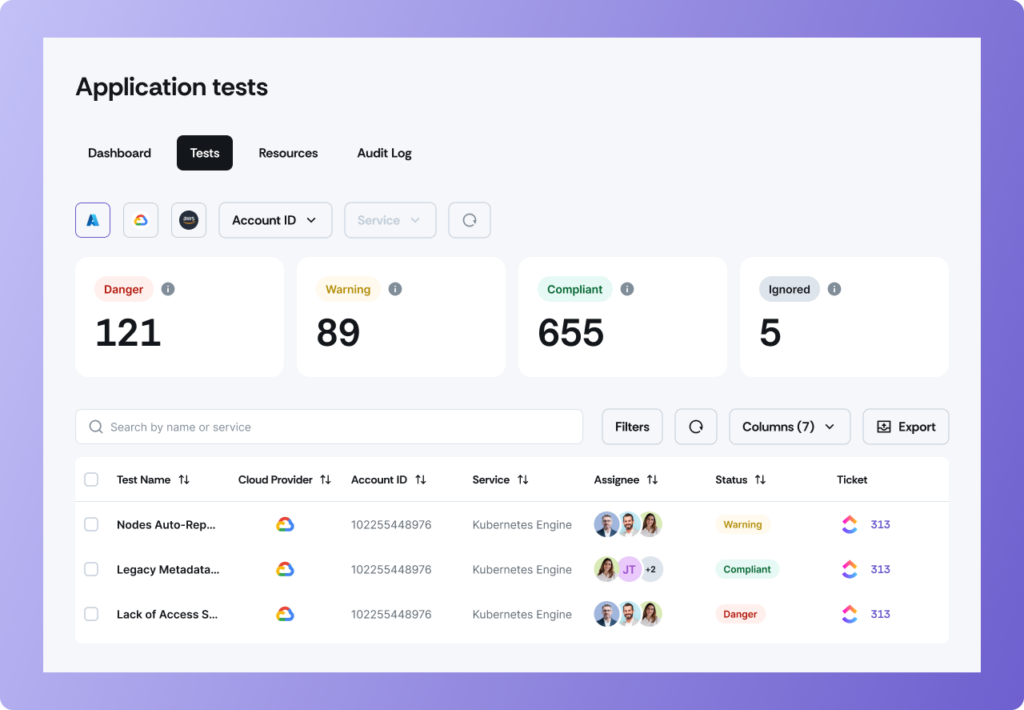
12. HIPAA checklist for acing technical requirements
In conclusion, maintaining HIPAA compliance requires careful implementation of technical safeguards, regular risk assessments, and system audits. With growing threats like ransomware, healthcare organizations must be proactive in protecting ePHI through access controls, encryption, and audit trails.
Tools like Scrut can simplify compliance management, offering pre-built HIPAA controls and automated monitoring. By following the steps in this blog, IT and compliance officers can better safeguard patient data, reduce risks, and maintain HIPAA compliance with confidence.
Ensure your organization stays HIPAA-compliant with ease using Scrut. With automated monitoring, pre-built controls, and comprehensive risk assessments, Scrut streamlines the entire compliance process, helping you protect sensitive health data and avoid costly violations.
Get started with Scrut today and simplify your path to HIPAA compliance!
FAQs
A HIPAA compliance checklist outlines the steps and measures that covered entities (healthcare providers, plans, and clearinghouses) and business associates must follow to ensure they comply with HIPAA regulations. This checklist typically includes administrative, physical, and technical safeguards to protect patients’ protected health information (PHI). It covers essential activities like risk assessments, access controls, staff training, breach notification procedures, and data encryption.
The three key rules of HIPAA compliance are:
Privacy Rule: Protects the privacy of individuals’ PHI and establishes patient rights to control their health information.
Security Rule: Ensures the protection of ePHI through technical, administrative, and physical safeguards.
Breach Notification Rule: Requires covered entities to notify affected individuals, HHS, and in some cases, the media, of breaches involving unsecured PHI.
HIPAA requires certain technical measures to ensure ePHI is protected, including:
Data Encryption: Protecting data at rest and in transit using encryption technologies.
Access Controls: Assigning unique user IDs and limiting access to authorized personnel only.
Audit Logs: Recording access and activity related to ePHI to detect unauthorized access or breaches.
Transmission Security: Using secure methods, such as encrypted emails or VPNs, for transmitting ePHI.
Backup and Recovery: Ensuring data backup and disaster recovery plans are in place to prevent data loss.
These components help safeguard sensitive health information and ensure compliance with HIPAA regulations.

Megha Thakkar has been weaving words and wrangling technical jargon since 2018. With a knack for simplifying cybersecurity, compliance, AI management systems, and regulatory frameworks, she makes the complex sound refreshingly clear. When she’s not crafting content, Megha is busy baking, embroidering, reading, or coaxing her plants to stay alive—because, much like her writing, her garden thrives on patience. Family always comes first in her world, keeping her grounded and inspired.
